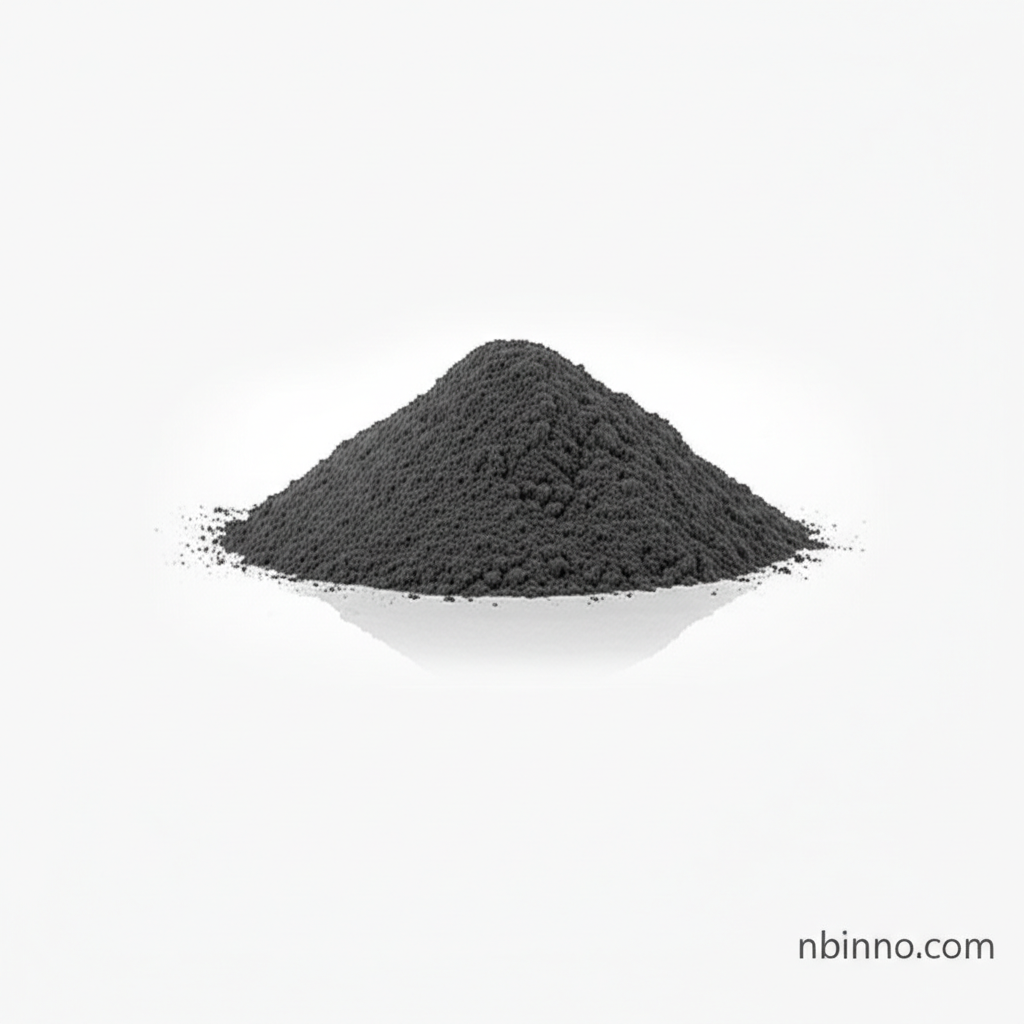High-Efficiency Catalyst for Propylene Carbon Monoxide Removal
Expertly remove trace carbon monoxide from propylene streams for enhanced purity and process efficiency.
Get a Quote & SampleProduct Core Value

Propylene Carbon Monoxide Removal Chemical Catalyst
This advanced catalyst is specifically engineered to remove trace amounts of carbon monoxide (CO) from propylene and other hydrocarbons, ensuring high purity for critical industrial applications. Its unique composition, featuring metallic copper as the primary active component supported by zinc oxide, delivers exceptional performance.
- Effectively remove carbon monoxide in propylene streams, meeting stringent purity requirements.
- Utilizes a robust metallic copper and zinc oxide combination for superior catalytic activity.
- Operates efficiently within a broad temperature range of 80-220°C, with an optimal working temperature of 150-220°C.
- Features a regenerable design, allowing for extended service life and cost-effectiveness in your processes.
Key Advantages
Superior CO Removal Efficiency
Achieve deep purification, reducing carbon monoxide and other impurities to below 0.1 ppm, a critical factor for propylene processing catalyst users.
Optimized Performance Range
Benefit from a catalyst that is active and stable across a wide operating window, perfect for processes requiring a reliable industrial gas purification catalyst.
Enhanced Process Stability
The regenerable nature of this catalyst ensures consistent performance over time, supporting the continuous need for high-quality trace carbon monoxide removal.
Key Applications
Propylene Purification
Essential for upgrading propylene purity by employing effective remove carbon monoxide in propylene techniques.
Hydrocarbon Processing
Ideal for purifying various hydrocarbon streams, acting as a vital CO removal catalyst for hydrocarbons.
Industrial Gas Treatment
A core component in systems requiring robust industrial gas treatment for a cleaner output.
Environmental Protection
Contributes to environmental goals by facilitating cleaner industrial emissions, supporting its role as an environmental protection catalyst.
